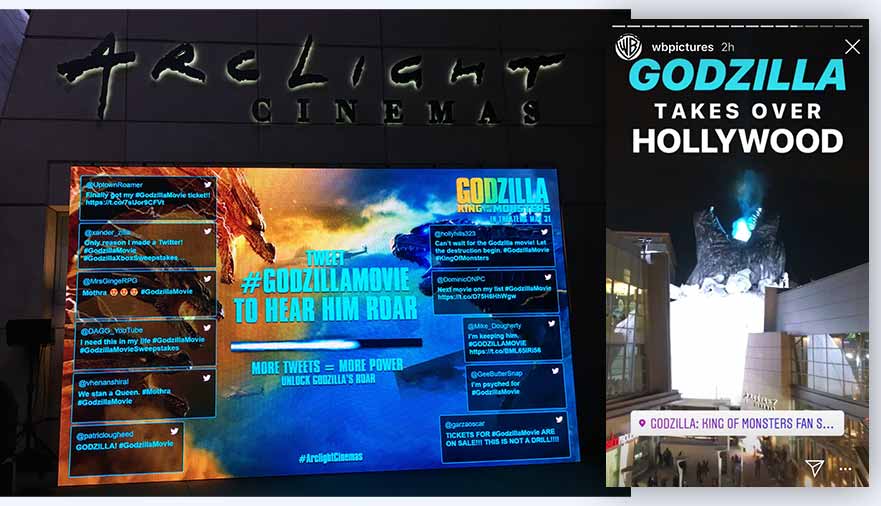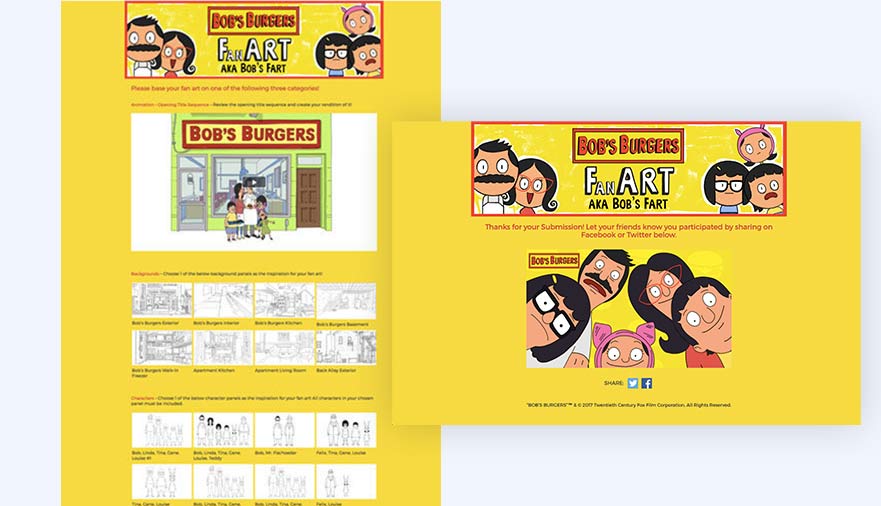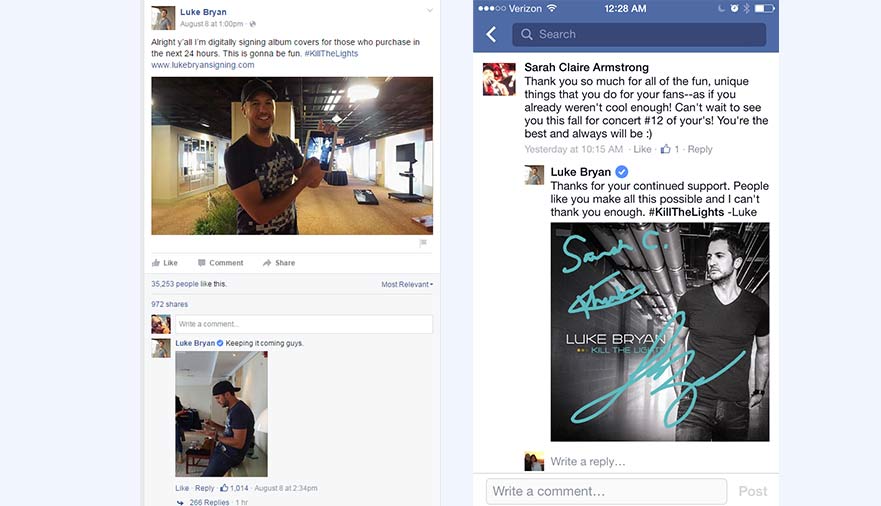I clearly remember my first time engaging with an application powered by Telescope. It was the first season finale of American Idol and I was determined to help Kelly Clarkson grab her winning title. I was 16, had 3 minutes before the bell rang for AP European History and was calling toll free numbers on repeat on my new Nokia cell phone felt cutting edge. I was too young to vote for any US political elections, so I was dead set on making sure my votes counted. Kelly needed me!
Little did I know, 5 years later I would be working at Telescope and learning the ins and outs of participation media. As this summer is my 11th year with Telescope, it has been amazing to watch the growth of new mediums that facilitate fan engagement. I’ve experienced the transitions that have swept the industry and supported projects utilizing Toll Free, SMS, social media, digital experiences, native apps, live streaming, and all the fancy combinations you can create with those mediums. Despite the rapid growth and changes with the emergence of new media, there are constant trends that have persisted and that will continue to draw the masses to engage, notably fan focused campaigns.
Fan focused campaigns are projects that are centered on the idea of the fan actually being the creator or emphasis of the campaign, not just the participant. Specifically, the primary content of the campaign is coming from the fans themselves. Fan focused campaigns offer fans a chance for their few moments of fame and time in the spotlight, which Telescope has found to be a key driver of participation.
In 2008, when I started at Telescope, SMS text messaging campaigns were our primary method for fan interactivity, and I remember supporting projects that centered around ‘text to screen’. Most often used at live events or on-site activations, fans would text in their messages to a short code for a chance to see their messages displayed on-air or on a screen. The campaign concept is still often used today, and as recently as this past May, Telescope supported the launch of Warner Brother’s, Godzilla: King of Monsters , with a 19-foot jumbo screen outside of the famous Cinerama Dome in Hollywood. The screen displayed tweets from users excited about the movie and built a bar of “fiery, atomic breath”. Once the bar filled, a giant Godzilla on top of the landmark dome roared for all of Hollywood to hear. It was the passionate fans of the film that literally powered Godzilla’s roar!

Fan focused campaigns give fans the chance to be part of a community and be in the spotlight with a brand they are passionate about. I’ve seen it first-hand with a project we executed for FOX News and Facebook for the prior Presidential Debates. The 2015 GOP primary debate , co-hosted by Facebook, gave people the ability to submit their questions for the candidates debating on Fox News via a custom digital upload site built by Telescope. The project gave voters a voice and a chance to ask candidates their questions directly. During the broadcast, videos were shown of the fans asking questions and the candidates would then be prompted to respond. According to a Fox News article published at the time, this debate was the highest-rated primary debate in television history as well as the highest-rated non-sports cable telecast of all time in total viewers when it aired in 2015 ( Fox News , 2015).

Another campaign that focused on fan created content was the Fox Bob’s Burgers Fan Art Submission contest . The show made history by giving viewers the unique opportunity to participate in a fan animated episode of the show for the Season 8 Fall Premiere. The content submissions were fun and creative stylizes and the episode was a success! To quote one Buzzfeed author, the episode was ‘the coolest thing ever!’ ( Buzzfeed , 2017).

My personal favorite fan centered campaign at Telescope to date has been the Luke Bryan digital autograph application . When Luke Bryan’s album, Kill the Lights was released, the label was looking for a way to reward fans who purchased the album online. Telescope worked with Facebook and Universal Music Group Nashville to reward each fan who purchased the album by providing a personalized digital autograph from Luke Bryan. The experience was centered around rewarding fans and providing them with a digital image that they could share on social media, repost and brag about!

Fan centered campaigns have also made their footprint on traditional voting programs. American Idol displayed a waterfall of voter images on large screens behind the contestants when they performed. The images were of the fans who were voting for the contestant performing at the time and enabled fans to be an integral part of the finale broadcast. The visual component took voters from expressing themselves behind the scenes and put them into the foreground of the vote. Not only did it increase fan voting but also viewership since people would tune-in to see themselves on screen!

Live streaming has continued and even propelled the fan centered campaigns. Events that Telescope has produced and supported on our Live Studio platform often tap into the fan centric genre for their content. Over the last 3 years we have managed numerous Q&A Live Streams where fan questions drive the panel interview or conversation. Usually these fan questions are also overlaid on the video so fans can see their name and social avatar on-screen. Polling within live streams can also enable fans to control the live content. One of the most successful streams we supported for user engagement was the Muse Concert Live Stream from Austin, Texas where the setlist was decided by Facebook fans live during the show. Throughout the concert, poll style questions would overlay the video as lower thirds and fans would select the song, they wanted to hear the band play next. That fan selected songs for the set were taken in real-time and share with the band on stage.

Throughout the past 17 years, how fans interact with their favorite talent and brands has evolved and increased at a rapid pace. Telescope has been at the forefront of this everlasting trend since the beginning of telephone, digital, and social fan interactions. We do not see this trend changing any time soon, rather new mediums will lead the way to more one-on-one, personalized interactions between fans and their beloved artists, actors, athletes, and brands. As a Telescope team member working to power these events on a daily basis and as a fan, I am excited to see what the future holds for fandom.
BACK TO BLOG & NEWS